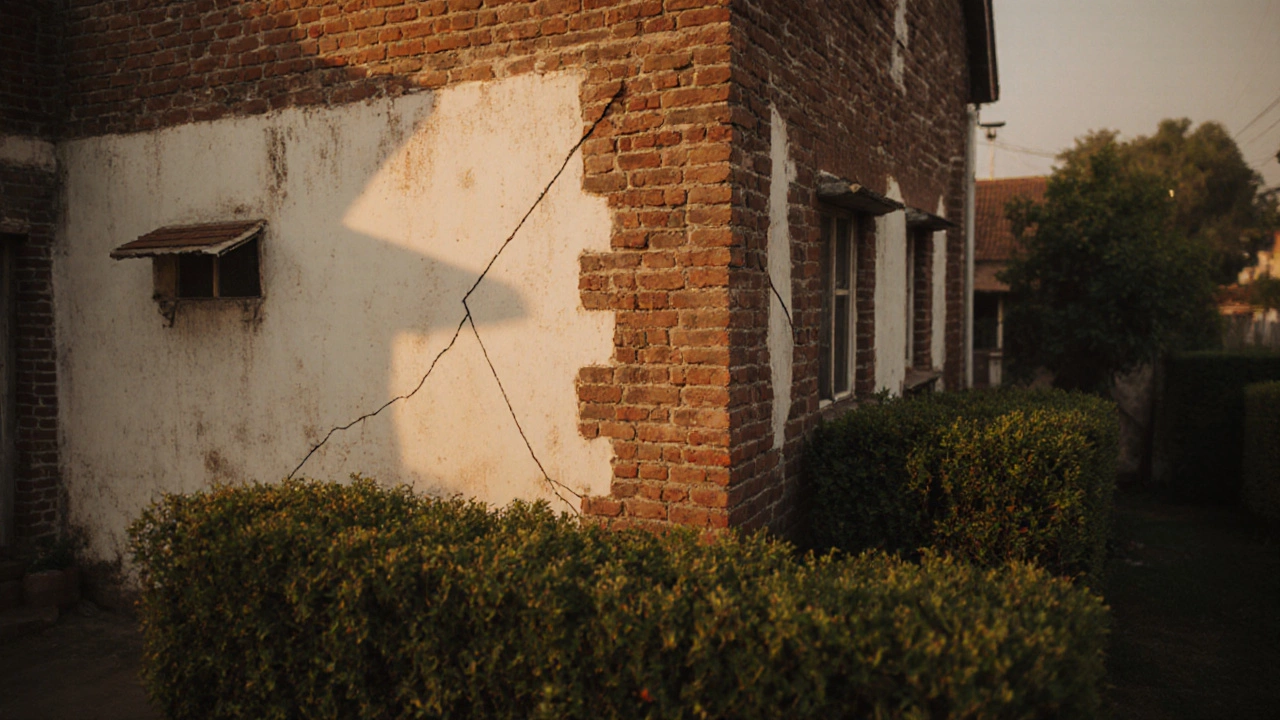Structural Cracks: What They Mean and How to Fix Them
When you see a crack in your wall or foundation, it’s easy to brush it off as normal settling. But not all cracks are harmless. Structural cracks, cracks that affect the load-bearing parts of a building and can compromise its safety. Also known as load-bearing cracks, they’re not surface-level—they run deep, often following stair-step patterns in brickwork, widening over time, or appearing in beams and columns where stress is highest. These aren’t the thin, hairline lines you get from paint drying. These are the ones that grow, shift, or let water in—and they’re why homes fail inspections or collapse years later.
Structural cracks are tied directly to foundation repair, the process of stabilizing or rebuilding a building’s base to prevent further movement. If your foundation is sinking, expanding, or shifting due to poor soil, water damage, or bad construction, the stress shows up as cracks in walls, floors, or even doors that won’t close. You’ll often see these cracks in the same places: above windows, along corners, or running vertically through concrete slabs. The building safety, the overall integrity of a structure to protect occupants from collapse or serious harm depends on catching these early. A crack wider than 1/4 inch? That’s a red flag. A crack that’s getting wider? That’s an emergency.
These cracks don’t happen in a vacuum. They’re linked to concrete cracks, cracks in concrete elements like slabs, footings, or walls that can start as shrinkage but turn structural under pressure, and they’re often worsened by poor drainage, tree roots, or even nearby construction. You can’t just patch them with caulk and walk away. The real fix requires understanding the root cause—whether it’s soil expansion, inadequate footings, or water erosion—and addressing it before the crack gets worse. That’s why structural damage, permanent harm to load-bearing components that reduces a building’s strength or stability is so dangerous. It’s not about looks. It’s about whether your house can still hold up.
What you’ll find here aren’t generic tips or guesswork. These are real cases—from homeowners who ignored a crack until their door jammed shut, to contractors who spotted a hidden crack in a basement wall and saved a building from collapse. You’ll see what the experts look for, what tools they use, and when DIY is a mistake. No fluff. No hype. Just what you need to know before you call a pro—or decide to fix it yourself.
Are Cracks Normal in a 100‑Year‑Old House? What to Look For
Learn why cracks appear in 100‑year‑old homes, how to tell if they're harmless or serious, and get step‑by‑step inspection and repair advice.
Learn more...